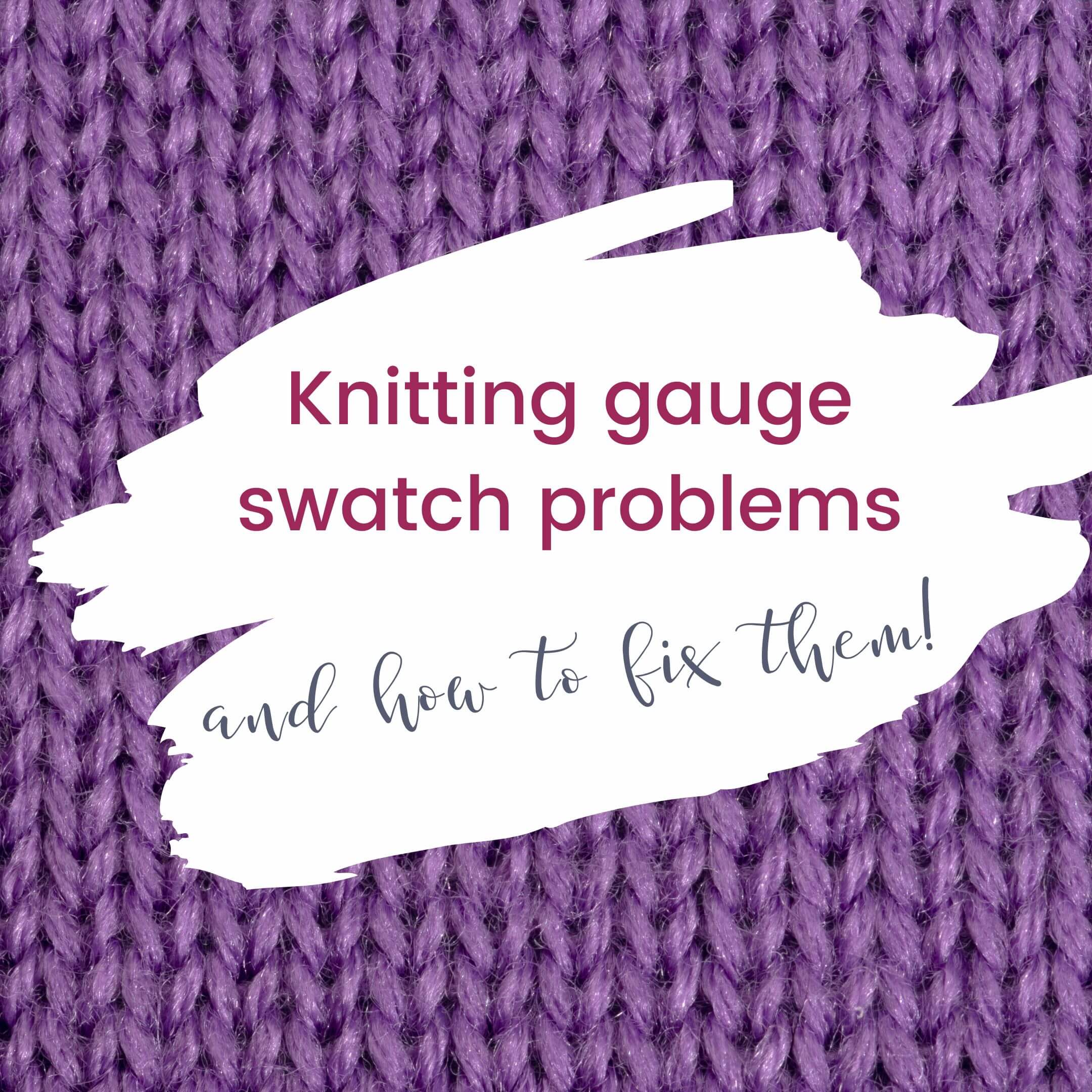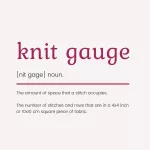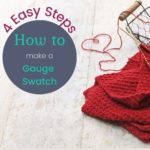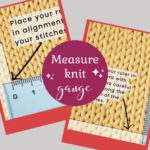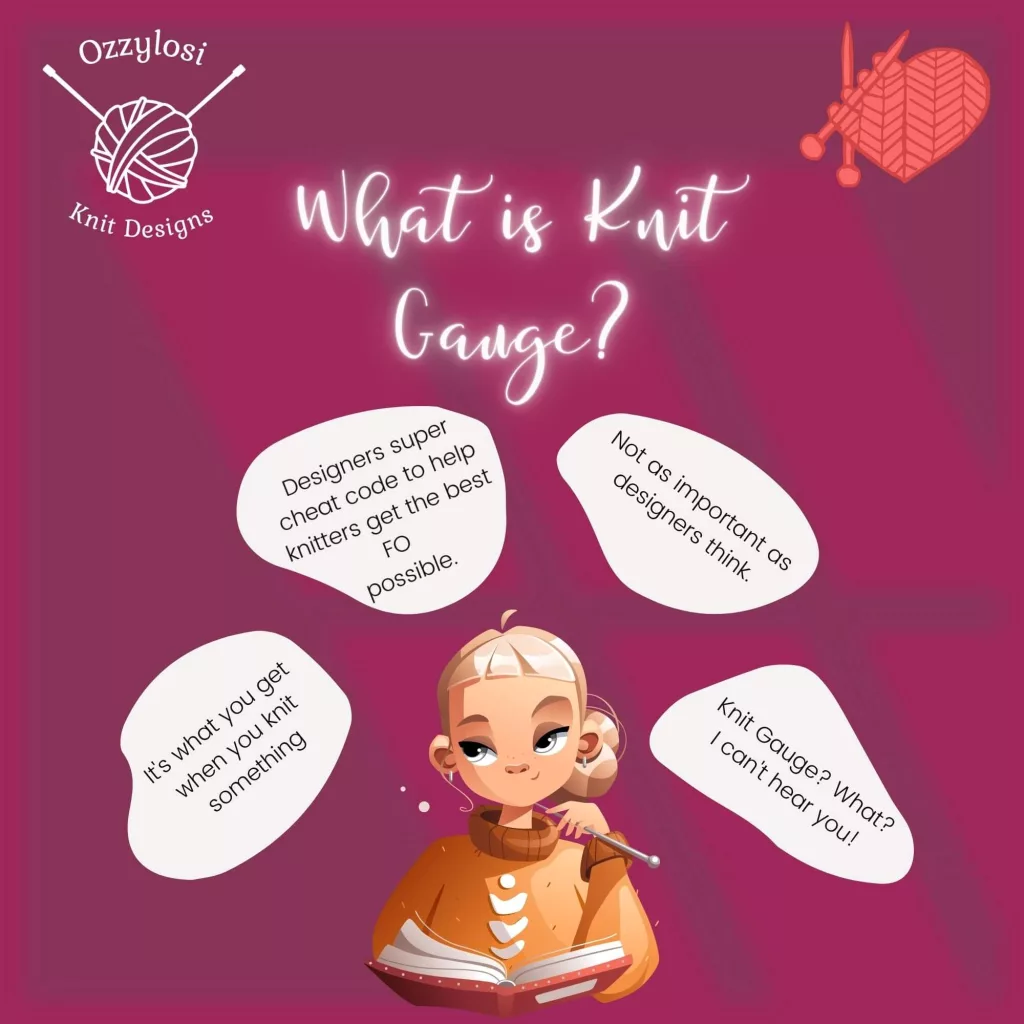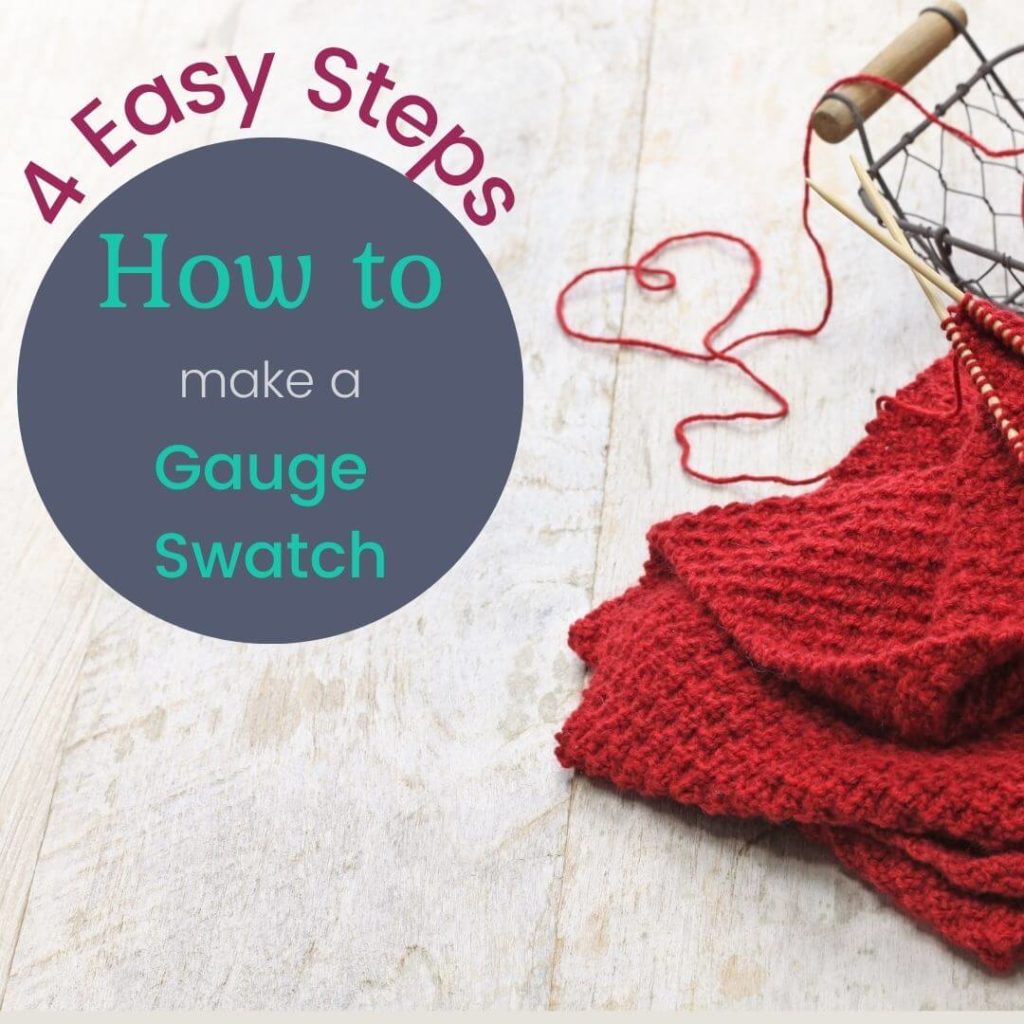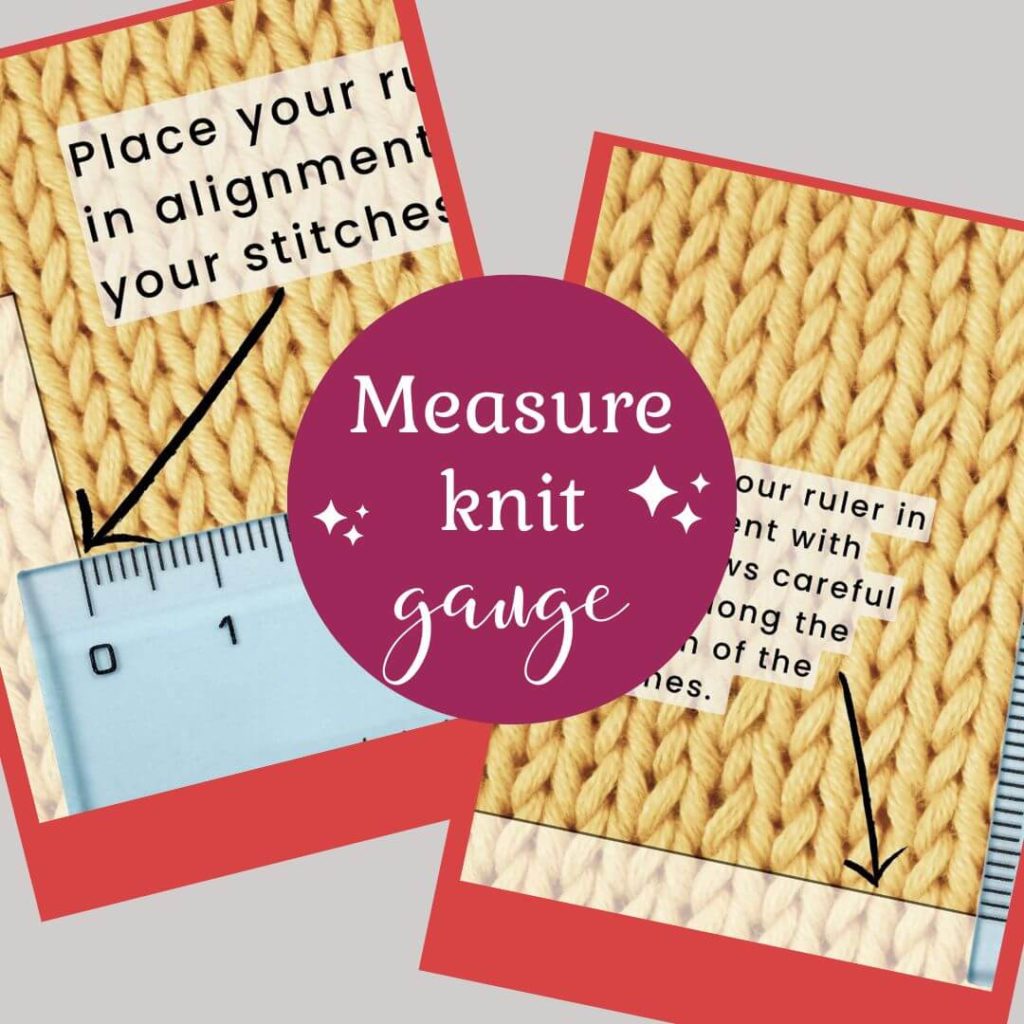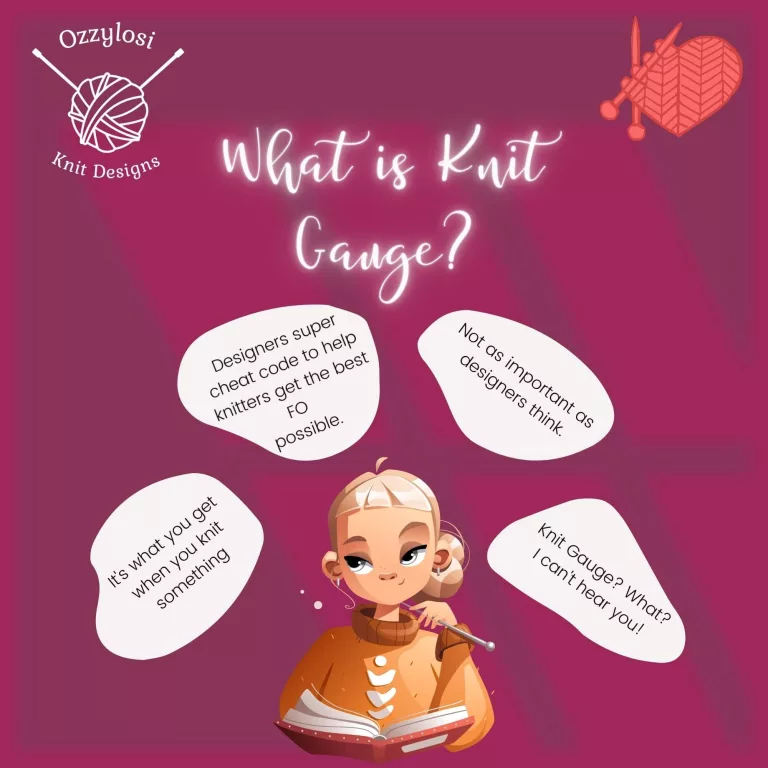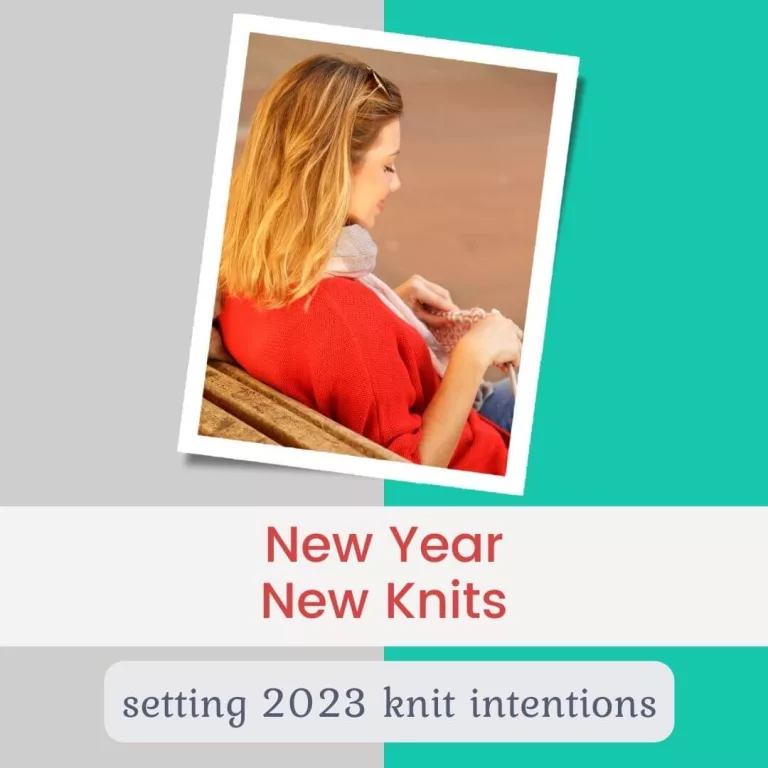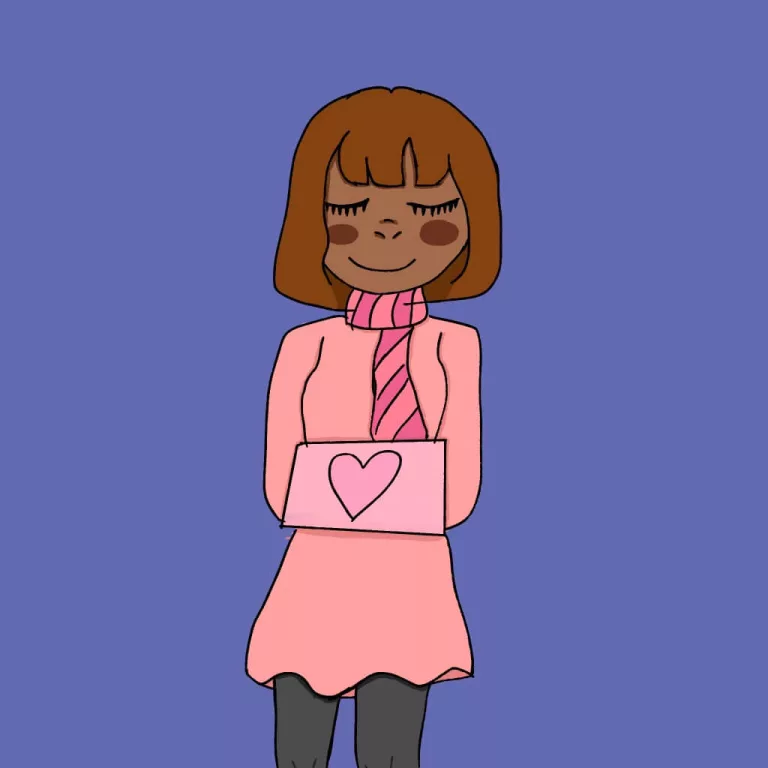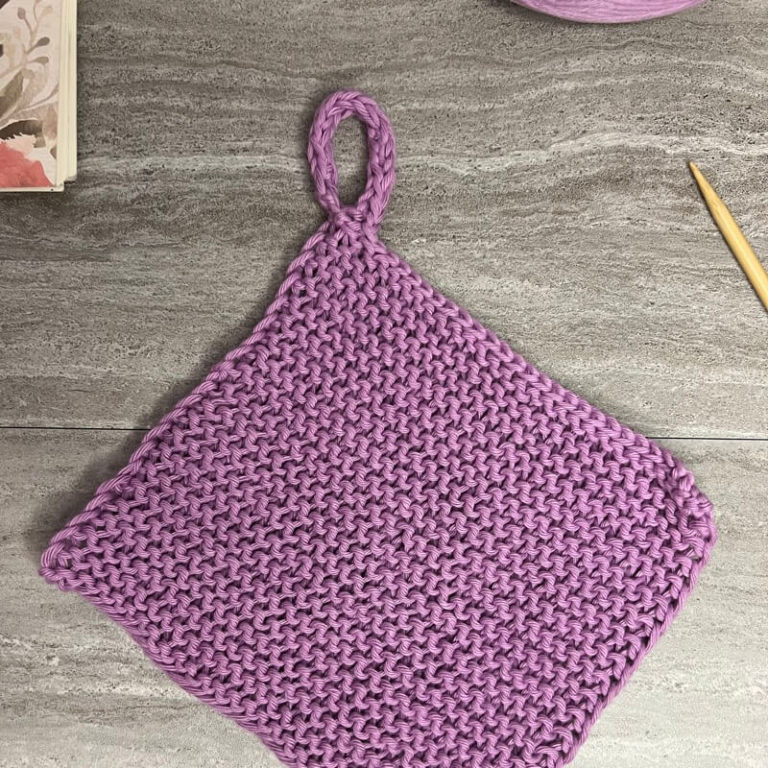Knitting gauge swatch problems and how to fix them
If you’re a knitter, then you have had knitting gauge problems, whether you knit a gauge swatch or not. Before we dive into our knitting gauge problems and fixing them, let’s define knit gauge so that we can all be on the same page. This is the definition that I outlined in the “What is Gauge?” Blog post, which you can check out here.
Now that we all agree on what the definition of knit gauge is, we can dig into finding our knitting gauge problems and understanding how to fix them.
Finding and fixing knitting gauge problems require a gauge swatch
I know, sometimes we don’t want to knit a gauge swatch. I get it. But if we genuinely want to fix our gauge problems before we knit, say a sweater that won’t fit, for example. Then knitting a gauge swatch is, in fact, necessary.
But knitting a gauge swatch can help us fix not only our knitting gauge problems, but other issues we may encounter while working from the pattern. Let’s take a look at some of the things our knit gauge swatch can include so that we create a problem free knitting gauge swatch. I have another blog post all about how to make a knit gauge swatch which you can review in detail over here.
- Practice new cast-on methods (if the pattern requires one)
- Practice any tricky elements that the pattern may call for
- Cast-on additional stitches
- Specialty stitch patterns
- Any element that causes confusion in your first read through
Making a gauge swatch requires measuring
Once you have knit a gauge swatch, you will need to measure it. If you need more information on how to do that, review my blog post on measuring by clicking here.
“All About Gauge” — Get the ebook!
All About Gauge is the ebook dedicated to all things knit gauge related. Lois Silva’s of OzzyLosi Knit Design’s greatest desire is to help people navigate the sometimes overwhelming and confusing waters known as gauge swatching. This ebook includes:
- What gauge is and isn’t (plus my definition!)
- Do I need to make a gauge swatch?
- How do I make a gauge swatch (plus a swatch planning sheet if your knit is complicated!)
- How to measure your gauge swatch
- Trouble shooting your gauge swatch (plus is it ok to be off by 10%?)
- Gauge swatch uses – don’t throw them out! Use them!
- Additional resources that include links to my video series and blog posts.
And best of all, it’s just $5!
Knitting Gauge Problem #1 – The size solution part is confusing
One thing I know is that gauge math can be confusing. More stitches, bigger needles? Less stitches, smaller needles? Yep. That’s exactly right.

Too many stitches = go up a size in needles
Too few stitches = go down a size in needles
It feels counter intuitive I think. We think the number is too big. Why would I go up a needle size? On the other hand, the number of stitches is too little. Why would I go smaller? We get too into our bigger vs. smaller minds. And we forget how knitting stitches works. It’s ok. It happens sometimes.
Knitting Gauge Problem #1 – Too many stitches
When you’ve finished knitting your gauge swatch, and preferably blocked it. Measure it up. One common issue is that you have too many stitches in your 4” space. For example, the pattern calls for 20 stitches per 4 inches, but you got 20 stitches in a little over 3 inches. In fact, in order to get to 4 inches you think it would take another 4 whole stitches.
While being 4 stitches off doesn’t seem like very much as far as numbers go, it is a significant difference. It’s 20%. If you were to continue being off by 20% as you knit, that problem will compound over time.
Want to know how much difference it will make? Grab the link to my Free Knit Gauge Calculator which will help you identify how much your knit item will be if you continue with the gauge swatch numbers compared to the pattern numbers.
In a very practical sense, with this example, we can see that 5 stitches = 1 inch, and so your fabric will be off by nearly one inch just on your small gauge swatch!

If you have too many stitches, you will need to go up a size or more in knitting needles. Alternatively, you could also knit with a different material. For example if you are using some wooden knitting needles, switching to metal may loosen up your knitting and give you the gauge you need. (I personally find this to be an easy knit gauge match solution for me).
Knitting Gauge Problem #2 Too Few Stitches
You knit up your gauge swatch. Block it, let it dry and measure. Oops! You only got 16 stitches instead of 20! Shoot! Back to the drawing board I guess. Another example of being 20% off. And for me personally, 20% is just too much. You may think it’s not a big deal. Some knitters are fine with being up to 20% off. That’s ok, you do you.
Again, you can use my Free Knit Gauge Calculator which will help you identify the long term implications of knitting your item when you did not match gauge.
We are still off by almost an entire inch with this example. This time being that our swatch (if we just did 4 inches) is nearly 5 inches long! EEK!

So, if you have too few stitches, you will need to go down a size or more in knitting needles. While I never go from metal to wooden needles, you could try a different material, maybe go to plastic. Something more grabby that will make your knitting tighten up naturally.
Knitting Gauge Problem #3 Too Many (or too few) Rows/Rounds
Oftentimes it is difficult for knitters to match row gauge. You’ve counted your stitches – match! Did your happy dance, only to begin counting rows or rounds and feel great disappointment. It’s so annoying!
I do have good news. The good news is that row and round height are not always super important. Check your pattern. Does the pattern tell you that row height is important? Or does the pattern tell you that a certain stitch pattern has to equal a certain height? Rather does it say to knit rows and rounds until you reach a specific height?
If the pattern says to knit to a specific height, then proceed with your knitting! Don’t worry about the row gauge, it will be just fine.
However, if row height is important and necessary, then you are going to need to do something. Here are some things you could try:
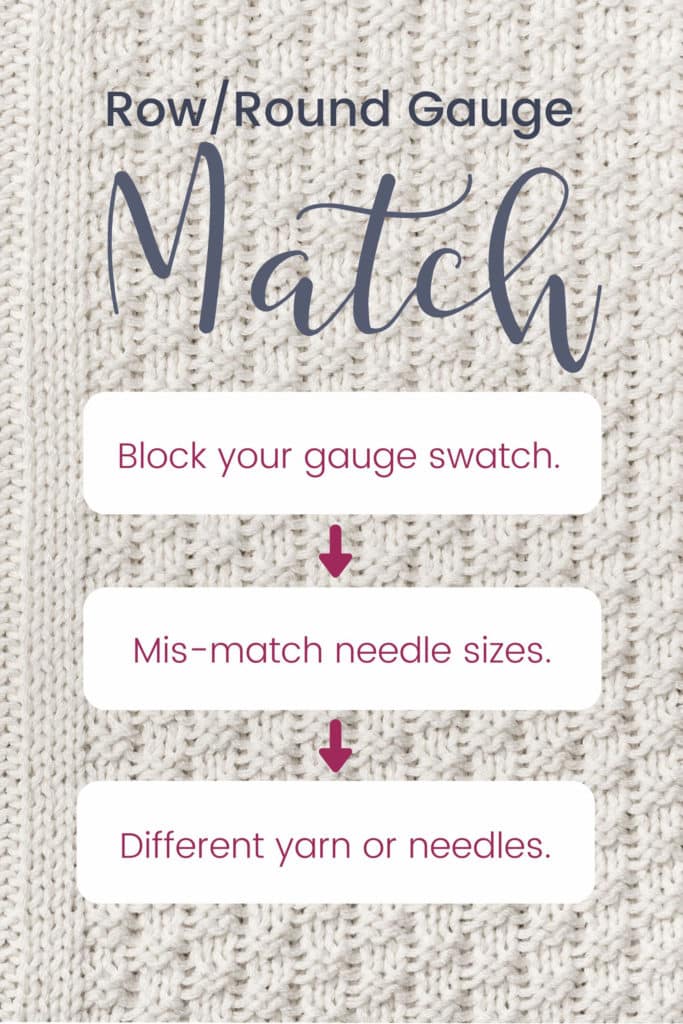
- Block your swatch.
- If you are knitting flat and the fabric uses stockinette stitch try using a different size needle for your purl rows. (My purl rows are always shorter, by purling my rows with a larger needle I could alleviate the issue of the row height).
- Knit with a different material needle (WARNING: It may alter your stitch gauge too!)
Did you block? If you blocked lightly and are close on gauge, I would recommend that you do a better block and see if you can meet gauge. That may mean soaking your swatch in cool water for at least 30 minutes and then using those good ‘ole blocking t-pins or combs. Seriously, these tools can help. And especially if you are knitting with a natural fiber, a good solid blocking can make a WORLD of difference.
WARNING!
Do NOT stretch your fabric to match gauge. The pins and combs should help your knit item hold its shape so you can meet gauge, it should not be used to stretch out your knit to meet gauge.
Knitting Gauge Problem Unconventional Solution
Let me ask you a question. Did you knit a gauge swatch? Were you not too far off? How do you feel about just knitting the item anyway? If you like the gauge swatch fabric drape etc, and you are off a little, and don’t want to make another swatch, then I’ve got an unconventional solution.
Now I know it’s not ideal. But I think it’s more ideal than “finding a different pattern”, or knitting an item that will be too big or small. I say, use the free knit gauge calculator (sign up to get it below). Find out how much you will be off on your pattern vs what measurement you actually need it to be. Then decide if that difference is such a big deal.
Want to know how much difference it will make? Check out my Free Knit Gauge Calculator which will help you identify how much your knit item will be if you continue with the gauge swatch numbers compared to the pattern numbers.
Below, I will go into some practical examples.
Knitting an oversize sweater
You are following a pattern for an oversize pattern. The pattern has 6-8 inches of positive ease, and your gauge is 2 inches off in the larger pattern. Take your personal measurement and see if you can still get that 6 inches of positive ease. If you can, knit it. If you can’t, what about a different size?
Knitting a fitted sweater
You are following a pattern for an fitted pattern. The pattern has 2-4 inches of negative ease, and your gauge is 2 inches off in the larger pattern. Take your personal measurement and see if you can still get that 2 inches of negative ease. If you can, knit it. If you can’t, what about a different size?
Other knit items
You can basically follow the same rule of thumb as above. Of course, be sure that you are carefully paying attention to if the gauge is larger or smaller when you are making size changing differences. This is very important! You don’t want to knit too small, and then knit a size smaller.
Last piece of advice. Keep knitting notes. Writing things down helps.
All About Gauge Video Series
Be sure to check out my Knit Bits YouTube video series “All About Gauge”. The entire Knit Bit series is designed to give you knitting knowledge one bite at a time.
That’s it for now, be sure to check out the entire All About Gauge blog series here:
Or scoop up the “All About Gauge” ebook!
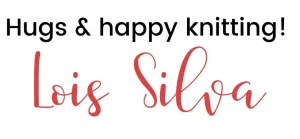
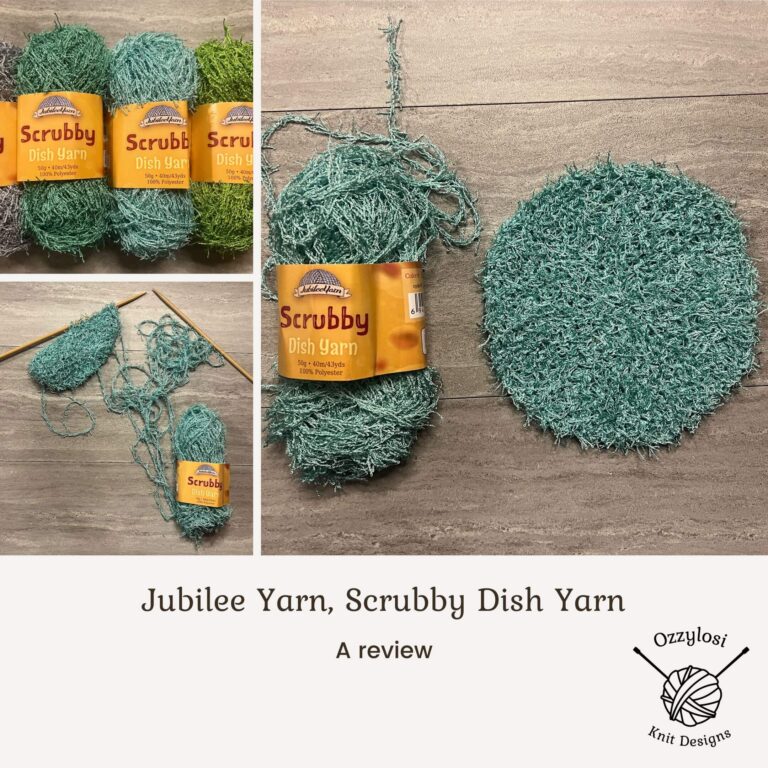
Jubilee Scrubby Dish Yarn Review
Wondering about Jubilee Yarn’s Scrubby Dish Yarn, check out my review and see if it’s right for you!
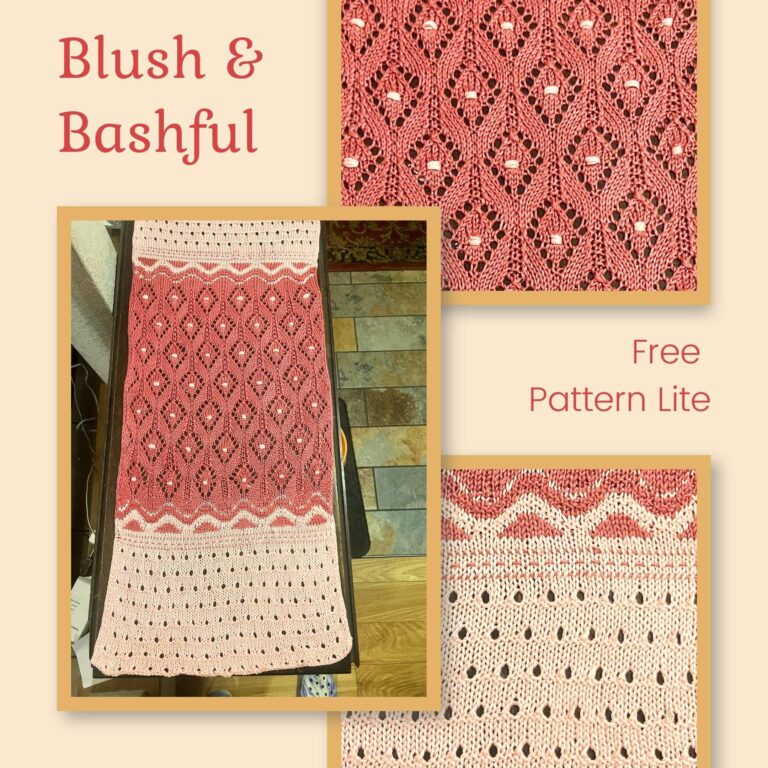
Knit Table Runner Free Pattern Lite: Blush and Bashful
The Blush and Bashful Knit Table Runner Free Pattern Lite is available for free. Includes written and charted instructions
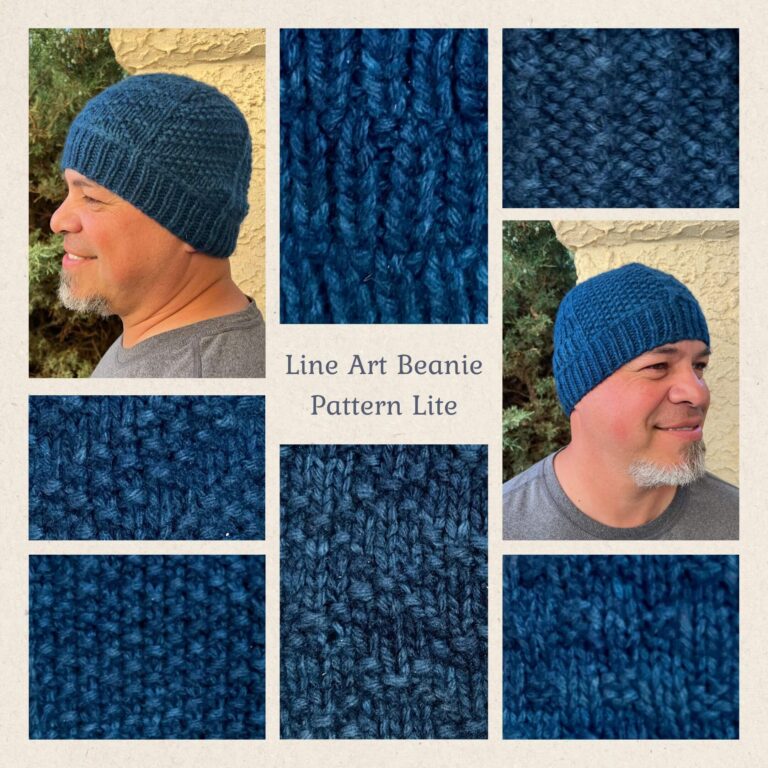
Line Art Beanie Pattern Lite
Enjoy the FREE knit pattern lite for Line Art Beanie! Blog post includes all charted instructions. Full written instructions are included in the paid pattern.

